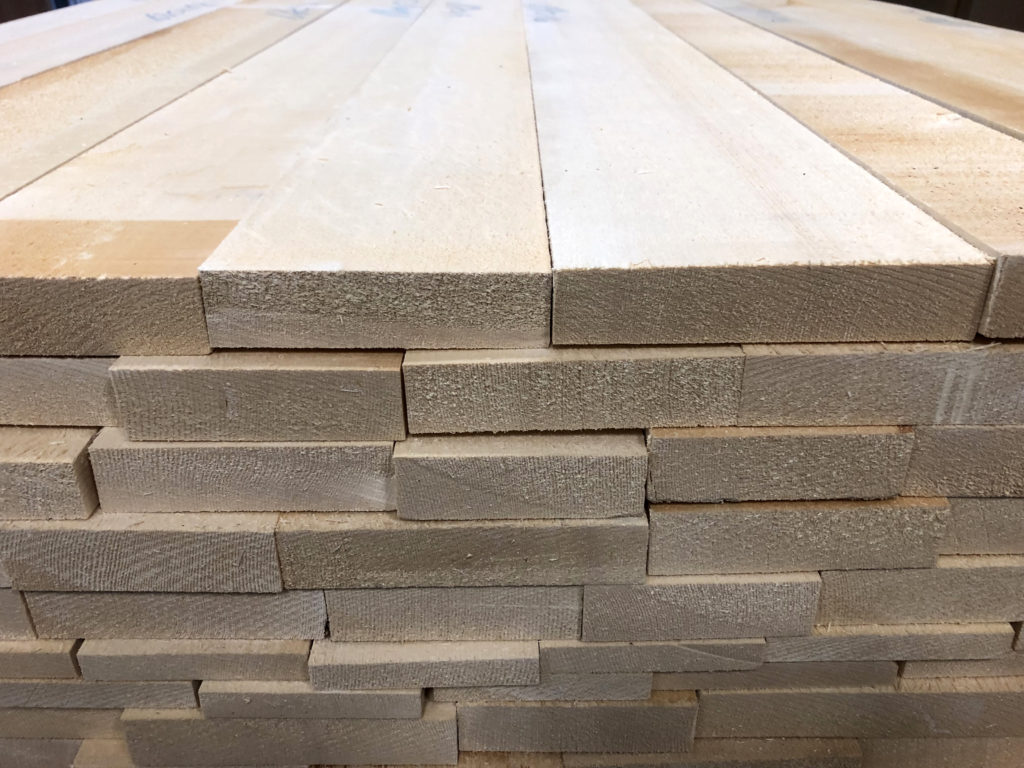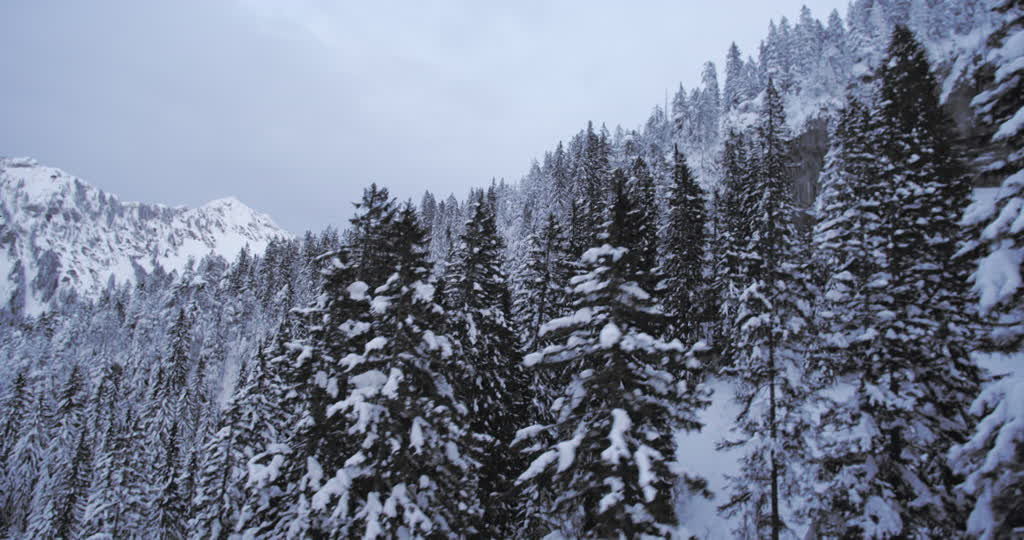
It is often said that the soundboard is the heart of the piano – the part of a piano that if damaged, cracked or with a fallen crown can change the whole experience of the pianist and the listener. With a damaged soundboard, will the piano still play? Yes. While the mechanisms that make the key hit the string are still operational, the sound is affected. Aptly named, the soundboard is a big deal. So big, in fact, that the material it is made out of is commonly featured as a crucial element to the piano’s value.
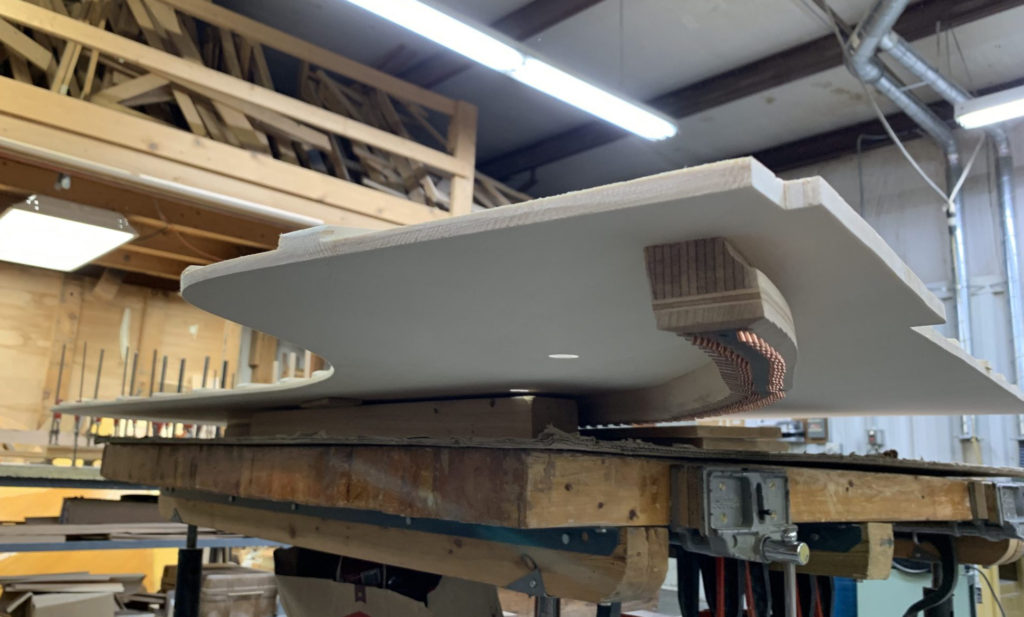
Aptly named, the piano soundboard is a big deal.
The piano, being mostly made of wood, is a complex engineering feat that mixes various woods: maple, beech, birch, spruce, and a veneer on top of the case and parts. Back in the heyday of piano manufacturing, depending on where the piano was made, the wood was sourced from a nearby mill using local wood to serve the purposes of the various parts of the piano. Enter the Spruce tree. Pianos made in the USA typically used Sitka Spruce; Picea Sitchensis – which is a coastal tree that grows in North America. This tall tree is known for its high strength to weight ratio and has good flexibility – a must for a board that is meant to amplify and resonate with the vibration of a steel wire.
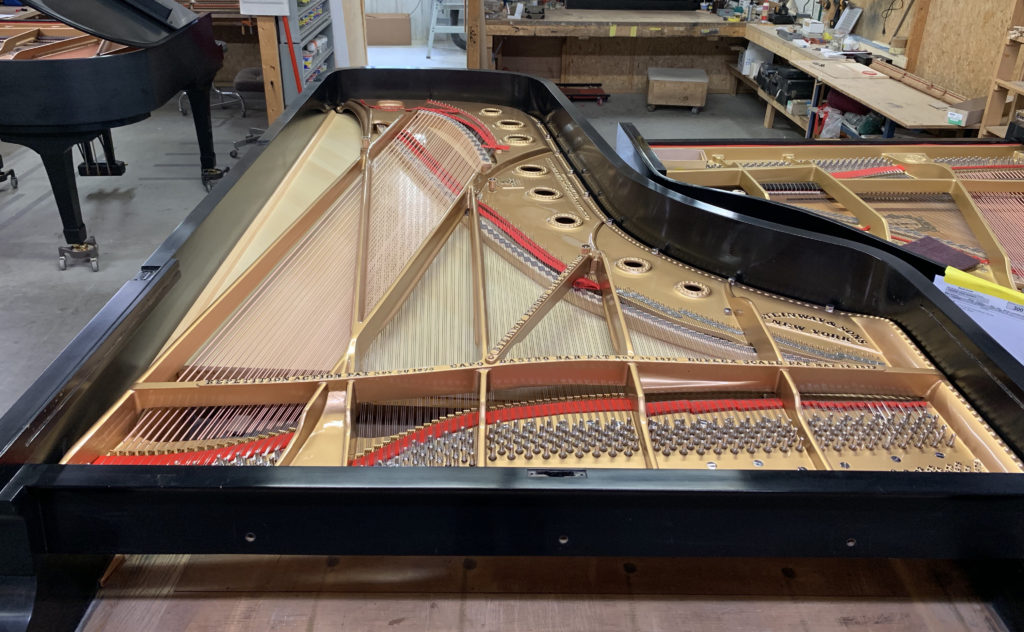
Sitka Spruce has since become the wood used in top quality pianos made in the USA, as well as other stringed instruments. Why Sitka? Because it is readily available. European piano manufacturers’ use wood from Spruce trees for their soundboards too, though from species available in their part of the world. While there are a variety of species of Spruce tree in Europe, one in particular stands out to have superior tonal sound qualities.
European Spruce; Picea Abies – produces a beautiful light grade-A fine grain wood with very little sap or resin pockets and has the required high strength to weight ratio. Because of the current ease of importing, this wood is available to instrument makers looking for the best wood for the heart of the piano. Also discovered by specialty guitar makers and other stringed instrument enthusiasts, this wood has proven to be of superior quality for a variety of reasons.
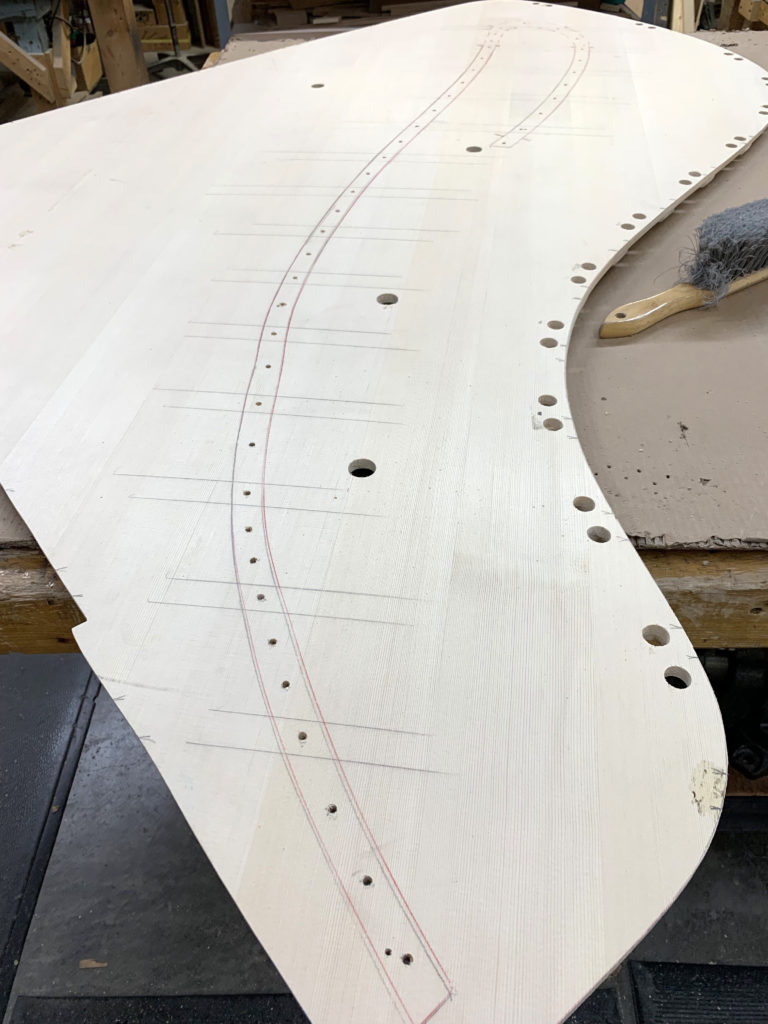
Picea Abies is a slow growing tree. Largely sourced from the Swiss Alps, the high elevation and long winters cause the growing season of these trees to be much shorter than that of Sitka Spruce, which is grown in the more temperate climates of the North American coast. In the native habitat, the European Spruce are grown at altitudes of 4000 – 6500 ft above sea level. Sitka Spruce is typically grown at 2000 ft above sea level.
Having used both Sitka and European Spruce in making soundboards at the RPI Restoration Center, we have noticed a difference in both quality and ease in workmanship. Sitka Spruce tends to have more resin pockets, and therefore can leave behind residue on saw blades used to cut the wood. It has a distinct smell when cut and tends to be stringy. European Spruce has a finer grain, no resin pockets or smell when cut and is easy to handle with the blade.
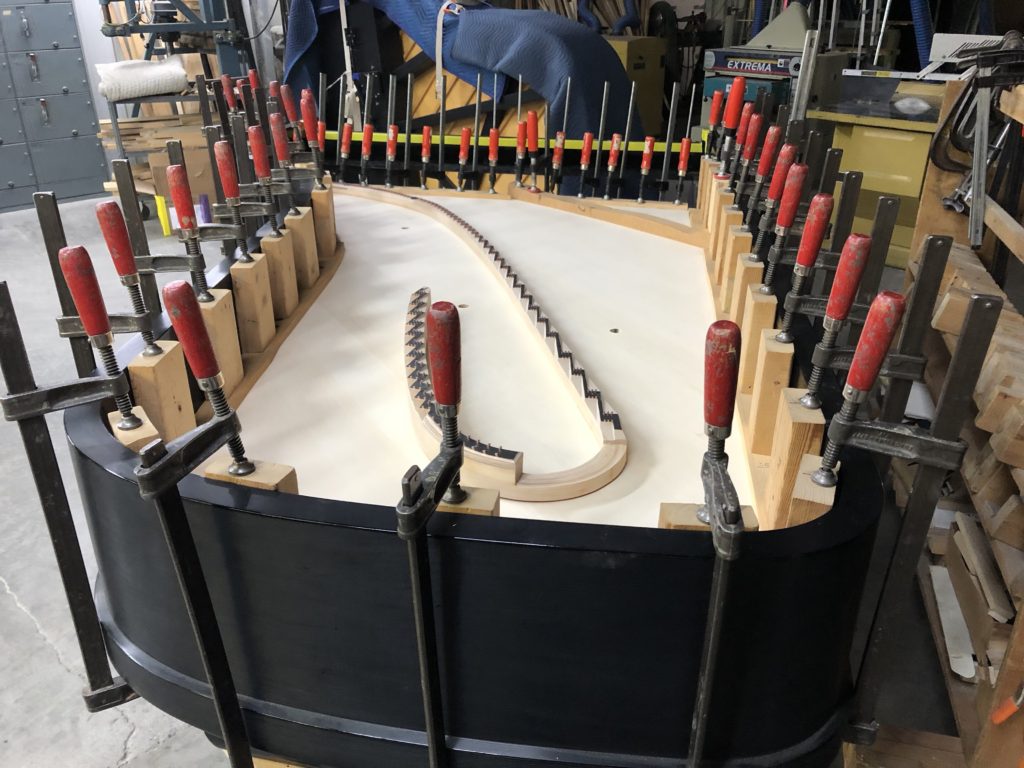
Our preference for European Spruce lies not only with the superior workability, but also with the finished product. Our soundboards produce a rich resonance and beautiful tonal quality that we find superior to other species of the Spruce tree. Additionally, our supplier of the European Spruce is an all-in-one business. From selecting to felling, sawing and drying – they’ve honed the craft to find the perfect Tonewood for the job.
Next Blog topic: How Swiss Tonewood is selected and harvested.
